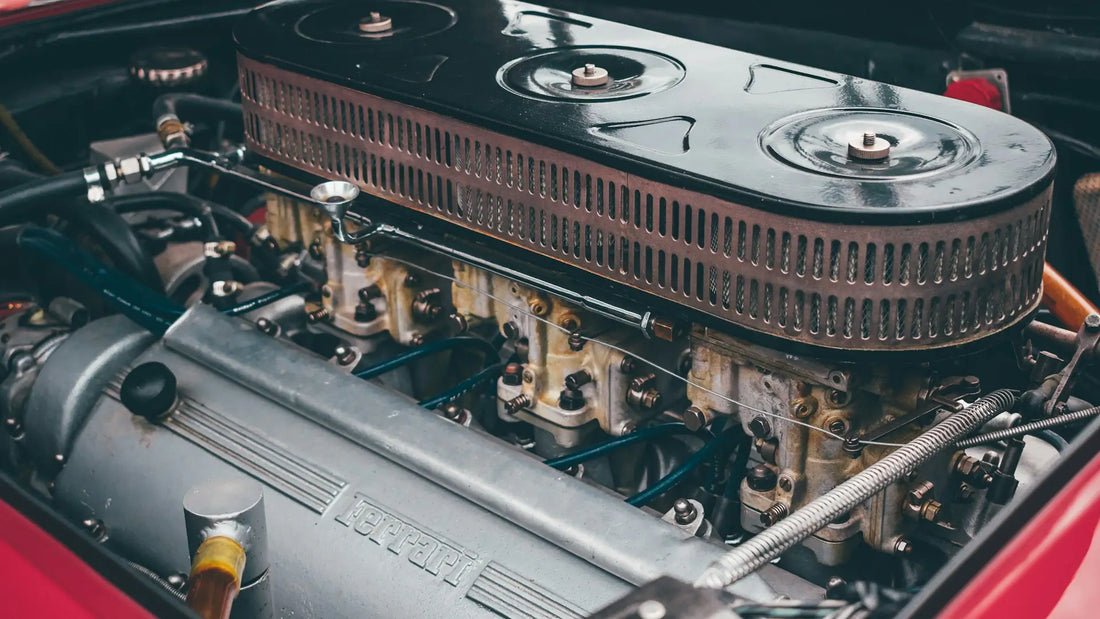
Guide for check undercarriage
Share
Embark on a journey of elegance and sophistication as we delve into the world of undercarriage inspection. The undercarriage of a vehicle is like the hidden gem of a masterpiece painting, often overlooked but holding the key to its true beauty and functionality.
Why is undercarriage inspection important?
Just as a connoisseur carefully examines every brushstroke of a painting, a meticulous inspection of the undercarriage is essential to ensure the safety and performance of your vehicle. From detecting potential damage to identifying wear and tear, checking the undercarriage is a crucial step in maintaining your vehicle's health.
How to properly check the undercarriage?
Like a skilled artisan crafting a masterpiece, the process of inspecting the undercarriage requires attention to detail and precision. Start by visually examining the undercarriage for any signs of rust, leaks, or damage. Next, use a flashlight to illuminate hard-to-reach areas and inspect the suspension, exhaust system, and frame for any abnormalities.
When should you check the undercarriage?
Just as a fashion designer meticulously prepares for a runway show, regular undercarriage inspections should be part of your vehicle maintenance routine. It is recommended to check the undercarriage every time you change your oil or after driving in harsh conditions such as snow or salt-covered roads.
By incorporating undercarriage inspections into your vehicle care regimen, you are not only ensuring the longevity of your vehicle but also embracing the art of automotive maintenance with grace and sophistication.
